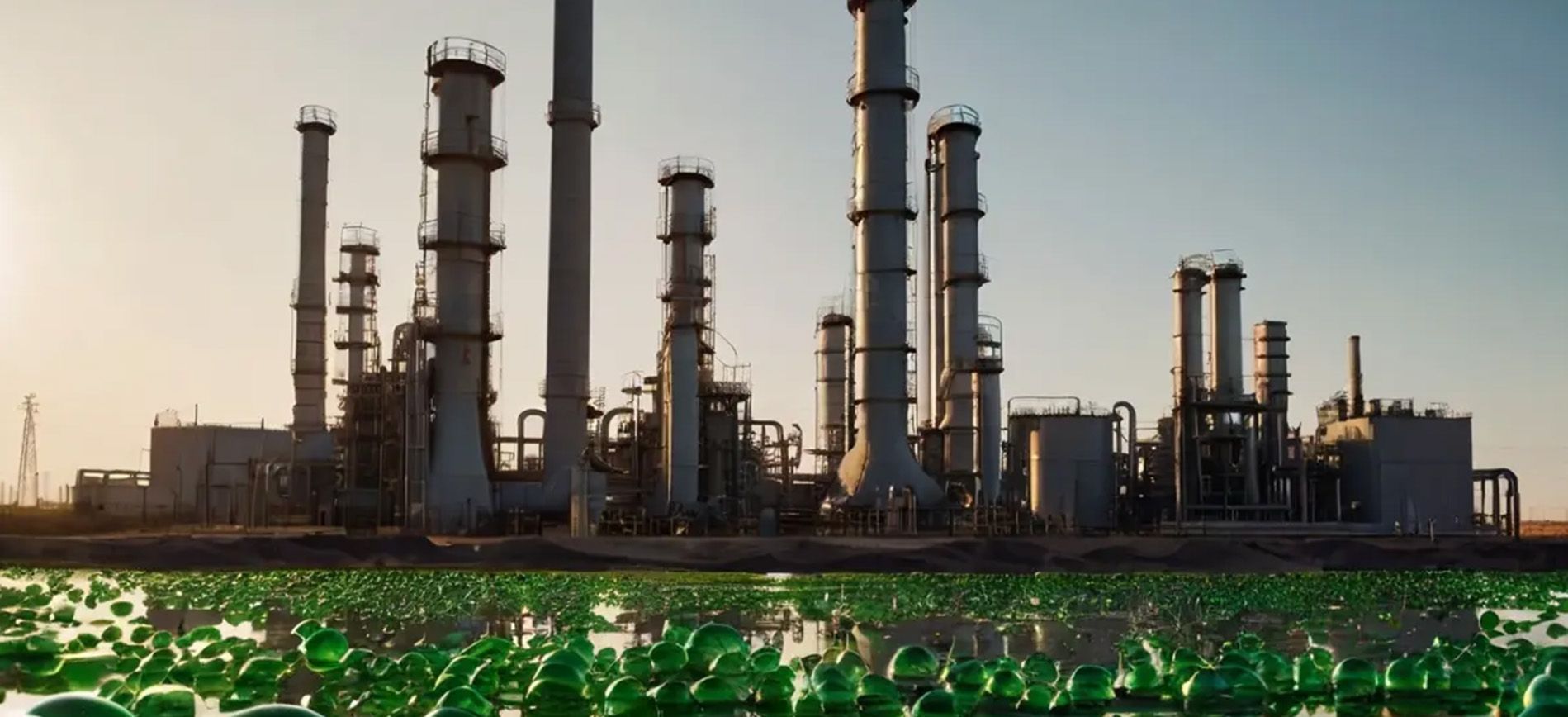Fertilizer Innovations for Climate-Smart Agriculture: A Sustainable Future
Fertilizer Innovations for Climate-Smart Agriculture:
A Sustainable Future

As the agriculture sector grapples with the dual challenge of feeding a growing population while combating climate change, climate-smart agriculture (CSA) has emerged as a solution. CSA integrates sustainable practices to boost productivity, adapt to climate impacts, and reduce greenhouse gas (GHG) emissions. Fertilizer innovations play a pivotal role in achieving these objectives by enhancing nutrient efficiency, minimizing environmental damage, and supporting resilient agricultural systems.
This blog explores cutting-edge fertilizer technologies, their role in promoting climate-smart agriculture, and how they contribute to a sustainable future for global farming.
1. The Role of Fertilizers in Climate-Smart Agriculture
Fertilizers are indispensable for enhancing crop yields, but their improper use can result in significant environmental harm, including nitrogen runoff, water pollution, and GHG emissions. Innovations in fertilizer technology align with CSA goals by improving nutrient management and reducing environmental footprints.
Key Benefits:
- Efficient Nutrient Delivery: Advanced fertilizers ensure precise nutrient application, reducing wastage and improving plant uptake.
- GHG Mitigation: Low-emission fertilizers minimize the release of nitrous oxide, a potent greenhouse gas.
- Resilience Building: Tailored nutrient solutions enhance soil health and crop tolerance to climatic stresses like drought or salinity.
2. Innovative Fertilizer Technologies
- Slow-Release and Controlled-Release Fertilizers: These fertilizers release nutrients gradually, matching the crop’s growth cycle. This reduces nutrient loss through leaching and volatilization, ensuring sustained nutrient availability.
- Enhanced Efficiency Fertilizers (EEFs): EEF technologies include nitrification inhibitors and urease inhibitors that slow the conversion of nitrogen in the soil, reducing losses and enhancing nutrient use efficiency.
- Biofertilizers: Derived from microorganisms, biofertilizers enrich soil fertility by promoting nitrogen fixation, phosphorus solubilization, and nutrient cycling. These eco-friendly options reduce dependency on chemical fertilizers.
- Carbon-Neutral Fertilizers: Emerging innovations in carbon-neutral fertilizers involve producing fertilizers using renewable energy and capturing CO₂ emissions during production.
- Smart Fertilizers: Smart fertilizers are integrated with precision agriculture technologies, enabling site-specific nutrient application using data from sensors, GPS, and drones.
3. Case Studies of Fertilizer Innovations in CSA
- India: The use of neem-coated urea has curbed nitrogen losses and boosted yields, aligning with CSA objectives.
- Brazil: Farmers have adopted slow-release potassium fertilizers to improve soil health and crop resilience in water-scarce regions.
- Europe: The application of nitrification inhibitors has significantly reduced nitrous oxide emissions from agricultural fields.
4. Challenges and Opportunities in Scaling Fertilizer Innovations
Challenges:
- High Costs: Innovative fertilizers often carry a premium price, deterring widespread adoption by smallholder farmers.
- Limited Awareness: Farmers in developing regions may lack knowledge about the benefits of advanced fertilizers.
- Infrastructure Gaps: Inadequate supply chains and storage facilities hinder accessibility to innovative products.
Opportunities:
- Government Policies and Incentives: Subsidies and tax breaks for eco-friendly fertilizers can encourage adoption.
- Public-Private Partnerships: Collaboration between governments, private companies, and research institutions can accelerate R&D and deployment.
- Education and Training Programs: Farmer awareness campaigns and hands-on training can bridge the knowledge gap.
5. Future Trends in Fertilizer Innovations
The future of fertilizer technology is driven by sustainability and efficiency. Some emerging trends include:
- Nanotechnology in Fertilizers: Nanoparticles enable precise nutrient delivery and reduce environmental impacts.
- Digital Agriculture Integration: AI-driven tools for fertilizer management optimize nutrient use at the field level.
- Circular Economy Approaches: Recycling agricultural waste into nutrient-rich fertilizers supports sustainability and resource efficiency.
Conclusion
Innovations in fertilizer technology are a cornerstone of climate-smart agriculture, enabling farmers to boost productivity while reducing environmental harm. By embracing slow-release fertilizers, biofertilizers, and precision agriculture, the agricultural sector can align with global sustainability goals and secure a resilient future for farming.
Collaboration among stakeholders—including governments, private companies, and farmers—is essential to overcoming challenges and ensuring the widespread adoption of these transformative technologies.




